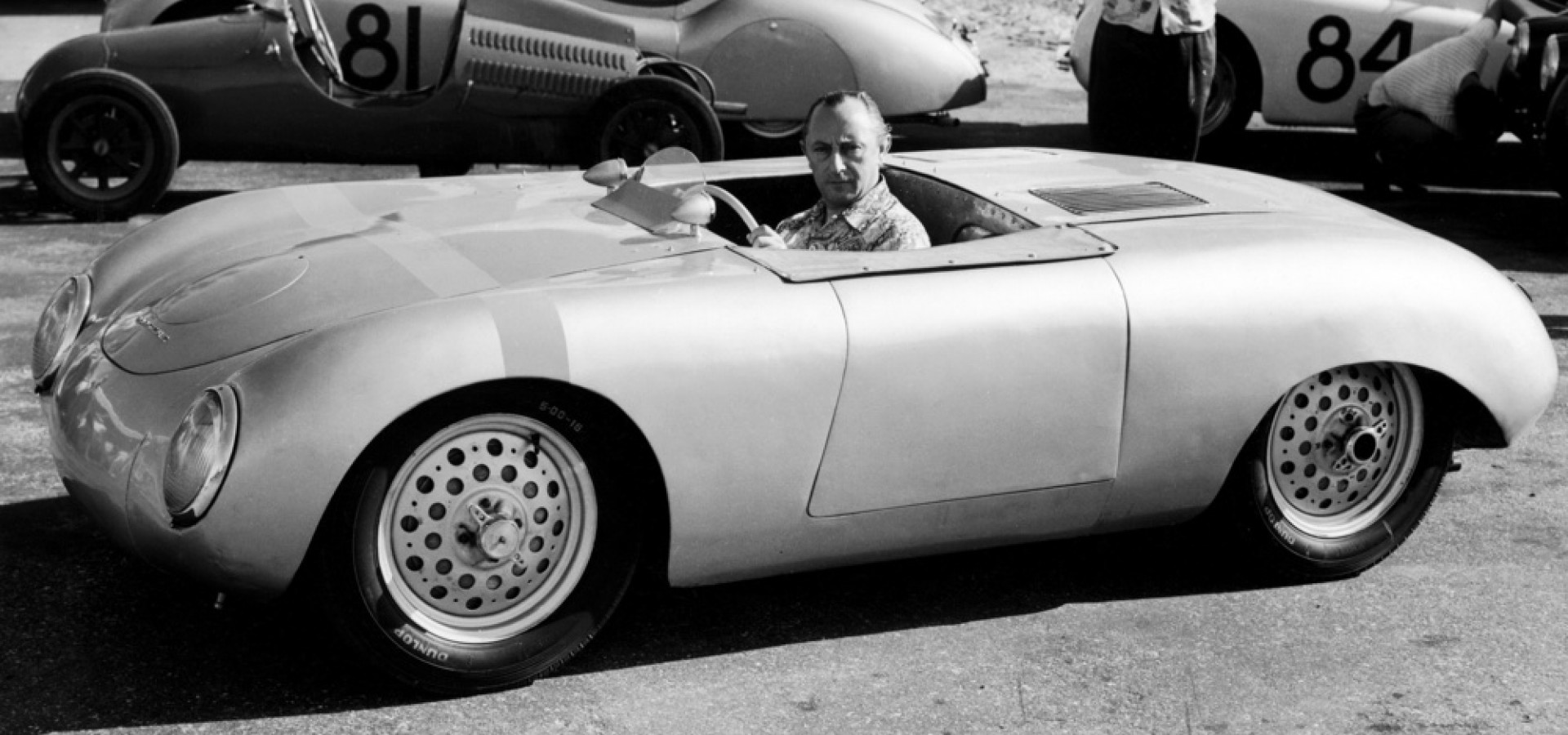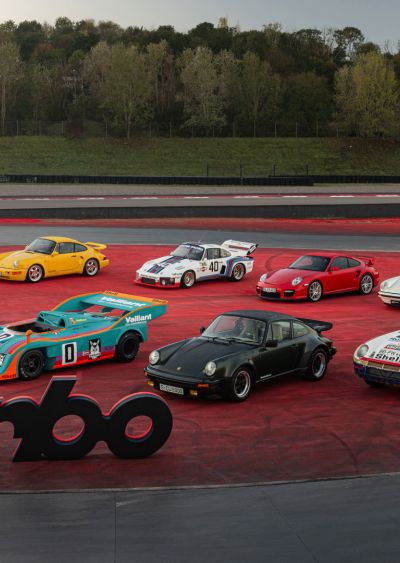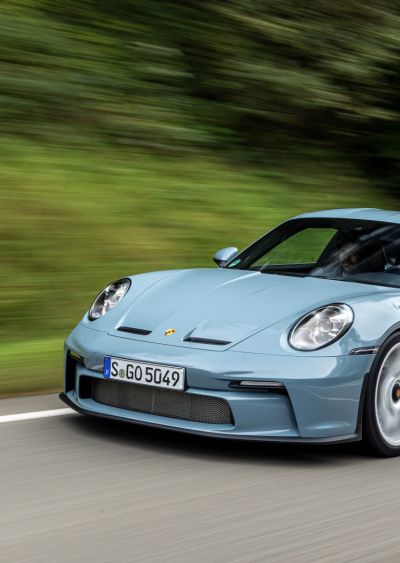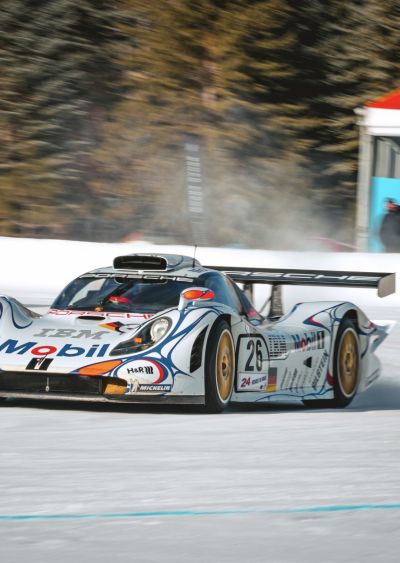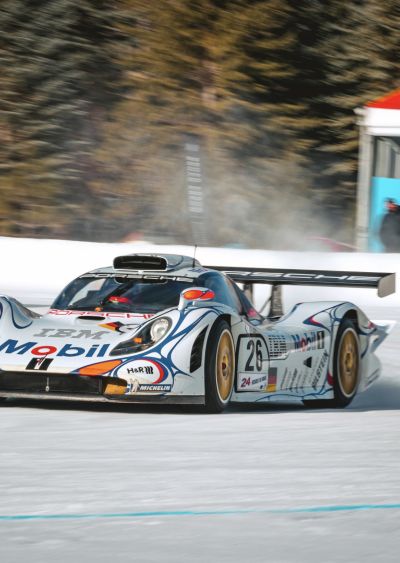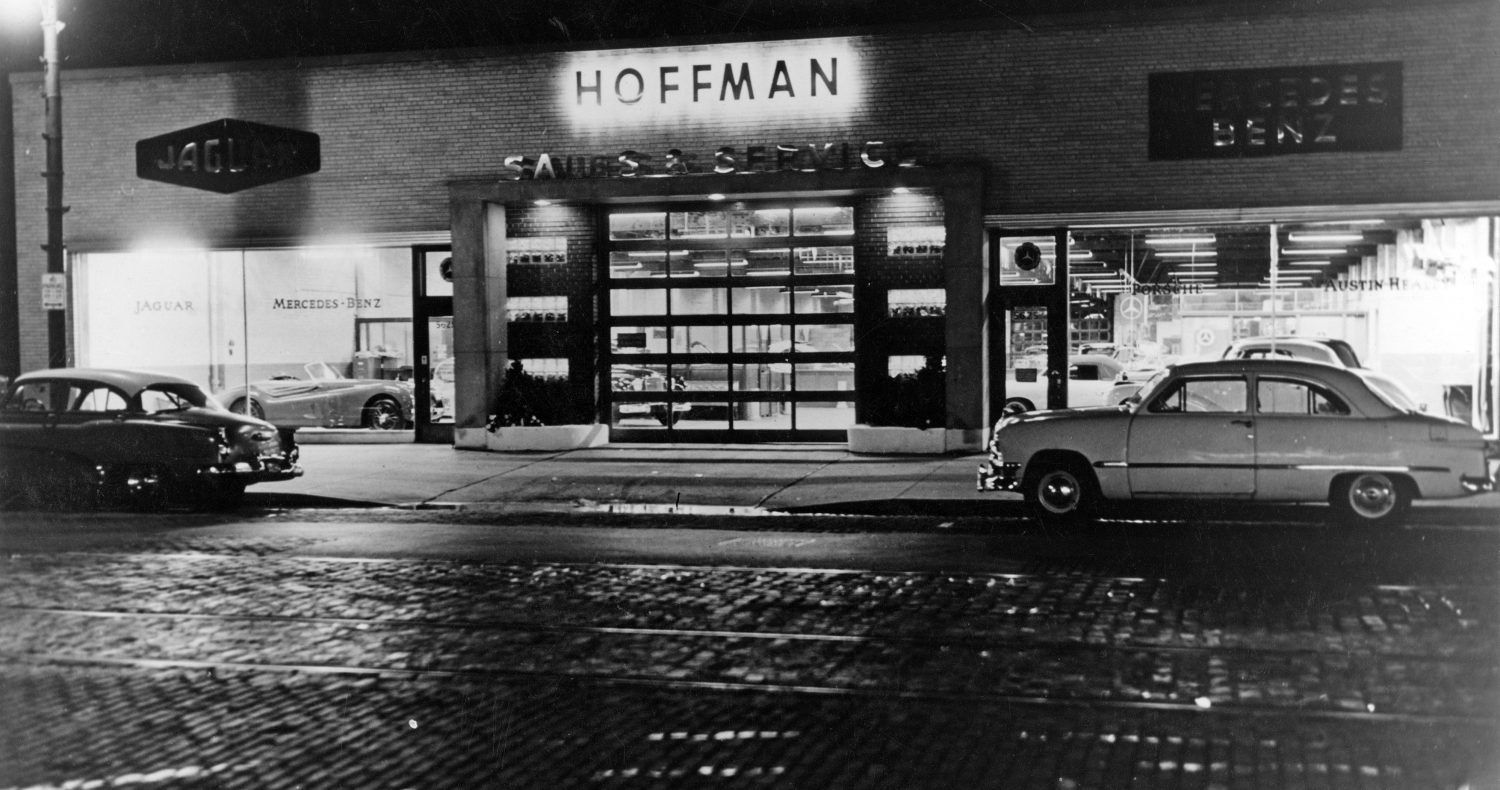 Max Hoffman
Max Hoffman
Max Hoffman did much more to the car world than just importing cars. Thanks to his distinctive knowledge about the American market, this businessman inspired many European car makers, leading them to the development of iconic models. That made him an essential part of the success for Mercedes-Benz, Porsche, Alfa-Romeo and BMW in the US market.
MAX HOFFMAN – THE BEGINNING OF A THRIVING IMPORT BUSINESS
Maximilian Edwin Hoffmann born in Vienna in 1904 – his father had a workshop for sewing machines and bicycles – started racing cars and motorcycles at a young age. In the early 1930s he and a partner founded “Automobilhandel Hoffmann & Huppert”, making it Europe’s first importer for Volvo. Business went well until the Nazis took over power in Germany and included Austria into the “Reich” in 1938. Because of his Jewish origin, he fled to France, leaving it after a short time on a Portuguese ship with destination USA in 1941. Due to the war, the private market for cars was very slow in the USA, making it impossible to follow his passion for automobiles. Thanks to his impeccable intuition for possibilities and market niches, he started creating jewelry for women, using metallized plastic and hit spot on. Even in wartimes, starting with just 300 Dollars he earned a small fortune. With the war being over, he turned himself to following his true passion – fast and luxurious automobiles.

MAX HOFFMAN – IMPORTER AND TALENTED SALESMAN
Not even a whole year after the war, he invested his money earned in fashion founding the “Hoffman Motor Company” to import European cars. By that time he got rid of the second “n” of his last name, making it more American. He chose New York´s Park Avenue as the location for his showroom and no other than famous architect Frank Lloyd Wright designed his building. His first and then even only car exhibited was a Delahaye Coupe with bodywork from Figoni and Falaschi. By 1948 Hoffman Motor Company became the Jaguar dealer on Americas West Coast, also adding Bentley, Rolls-Royce, Austin, Cooper Healy, Morgan and Lea-Francis to his portfolio. In 1950 he became the exclusive Volkswagen importer on Americas East Coast, giving up on this just after three years, Volkswagen Beetle sales didn´t meet his expectations. Porsche sales instead went remarkably better. By the mid-fifties, one third of Porsches overall production was sold on the US market by Hoffman. To make Porsche more popular in the USA, Hoffman let several 356 race in various events – with big success. One first and significant milestone he set by establishing the Porsche-Emblem, which Ferry Porsche designed thanks to his urgent request. Other than that, his demanding wish for a cheaper, racier version of the 356 gave birth to the 356 Speedster.
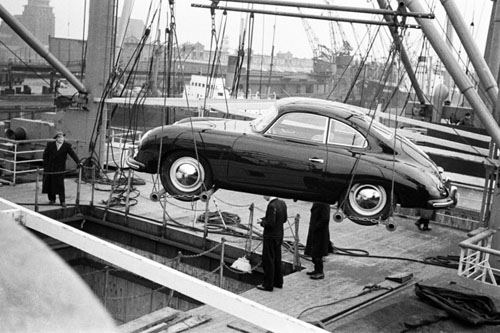
Ferry Porsche and his son Ferdinand Alexander watch a Porsche 356 Coupe is being unloaded in New York. The third person could possible be Max Hoffman. Photograph courtesy of Porsche, circa 1950-1953.
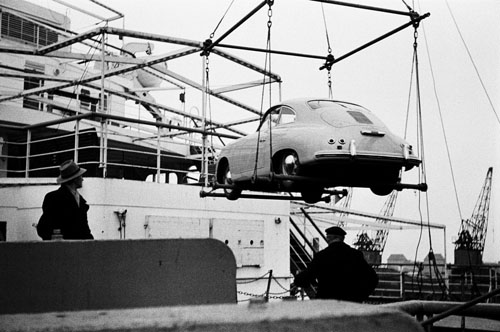
Ferry or Ferdinand (on the left) watches as a Porsche 356 Coupe is being unloaded in New York. Photograph courtesy of Porsche, circa 1950-1953.
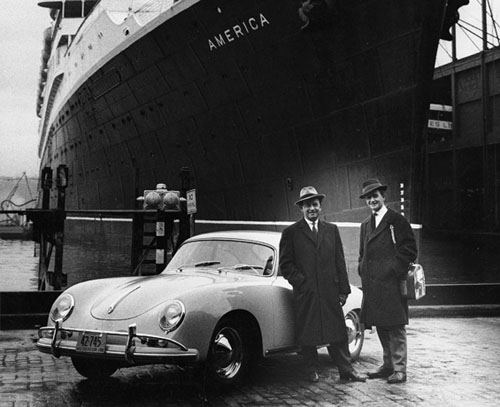
Ferry Porsche and his son Ferdinand Alexander dockside in New York, standing along side one of the Porsche 356 Coupes just unloaded. Photograph courtesy of Porsche, circa 1950-1953.
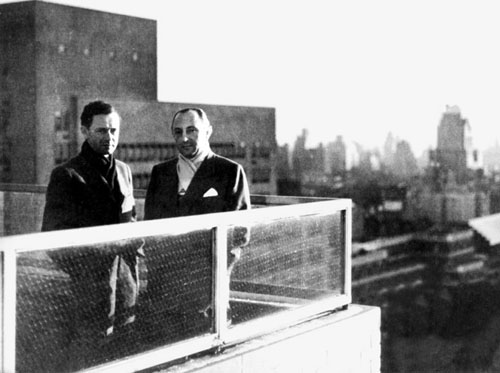
Ferry Porsche and Max Hoffman rooftop in New York. Photograph courtesy of Porsche, circa 1950-1953.
Emblem.
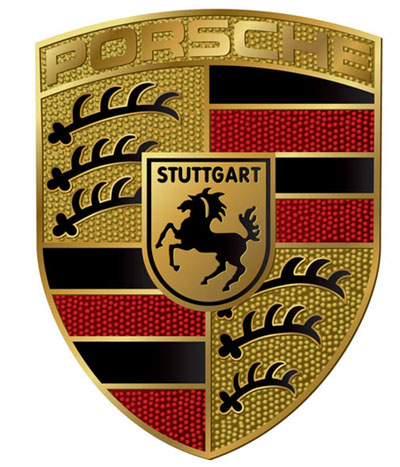
According to Porsche and legend, in 1952 Max Hoffman felt Porsche deserved an emblem for his imported cars. He met over lunch in New York with Ferry Porsche, who sketched it on a restaurant napkin. It first appeared on steering wheel hubs in 1953.
